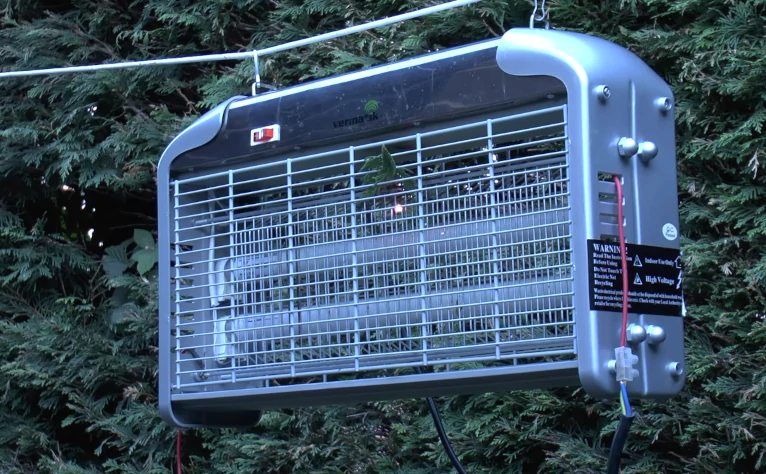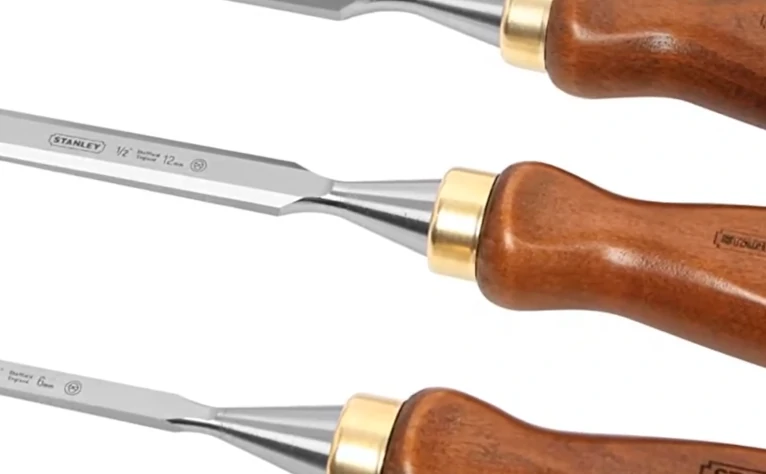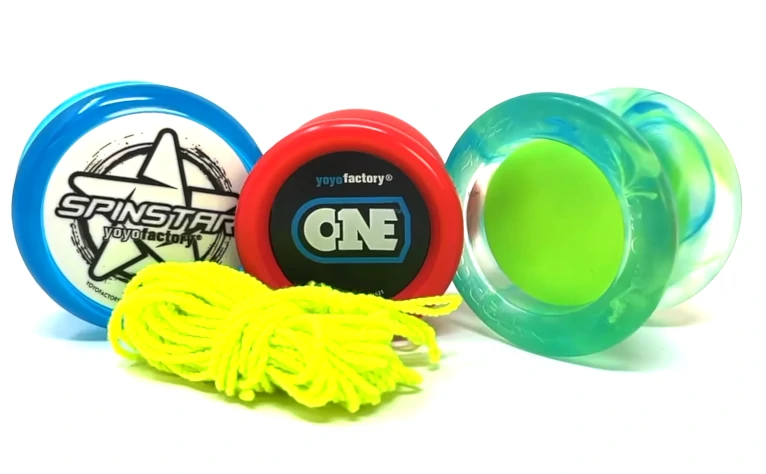How A Water Softener System Operates

Have you ever wondered how your water softener system operates and how it effectively transforms your hard water into clean, safe and soft water? Sometimes, you cannot help but feel a bit anxious on how the device actually works.
The most common water softener systems run on the process of ion exchange with the use of either sodium or potassium chloride. The salts are placed inside the resin tank, and water flows that come in contact with the small resin beads covered with the salts. A resin is a small polystyrene bead that is negatively charged in which positive ions like sodium and magnesium are attracted to. The calcium, magnesium and other hard minerals are interchanged with sodium or potassium ions as water flows through the resin beads. This is how your water contains high level of sodium.
As large volumes of water continues to flow in the tank, the resin beads need refueling when these are already full of removed hard minerals. This is when you are required to put bags of salt in the brine tank, which is located either near the resin tank or packed together as one with the resin tank.
Some households have softener systems with DIR or Demand Initiated Regeneration wherein the resin tank is only regenerated when needed. These systems usually have timers that schedule the next regeneration process. This approach is economical because water is not wasted and the softening process only starts when the water supply is almost out. There are softener systems that employ electric timers to flush and to recharge on a daily basis, while some uses computer to check the beads if these are already depleted due to exhaustion.
Salt is the main ingredient of most water softeners, and there are three specific types of salt that can be used depending on how the softeners are manufactured. Solar salt is produced upon evaporation of seawater, while evaporated salt is refined and purified like table salt. Lastly, the rock salt is the cheapest but has the insoluble properties due to its large composition. The type of salt that is going to be utilized in the softening process, depends on the rate of occurring regeneration. If the softening system often regenerates, a quick build-up of insoluble matter is experienced with rock salt. On the other hand, if the household does the regeneration process at a minimal rate, the build-up of insoluble matter is not anymore a problem, since it may be washed away during cleaning.
Potassium chloride can be an alternative to sodium chloride for people who are concerned with salt content in their water. However, potassium chloride is a bit expensive compared to commercial, cheap salts. The good thing is that it works the same way as sodium chloride does in the water softener system. Remember that you need to read first the instruction’s manual whether the softener system can accommodate alternatives aside from salt.
There are substitute technologies for treating hard water for those who are not convinced in the whole package of a water softener. The procedure of descaling refers to the use of magnetic waves to retrieve hard ions from the water. Some substitutes do not actually soften the water or are not capable to remove hard minerals, but instead purify the water to make it clean and safe for drinking.
Visit Water Softener Portal to check the recommended water softener units on the market, whether it is a DIR system, or a salt-based water softening system. Knowing how a water softener operates can be wholly informative, especially when you are curious enough on how a device can actually turn hard water to something that is safe and clean for everyone to consume. Keep in mind that each softener has its own unique attributes and taking time to read the manual is also worthwhile.





